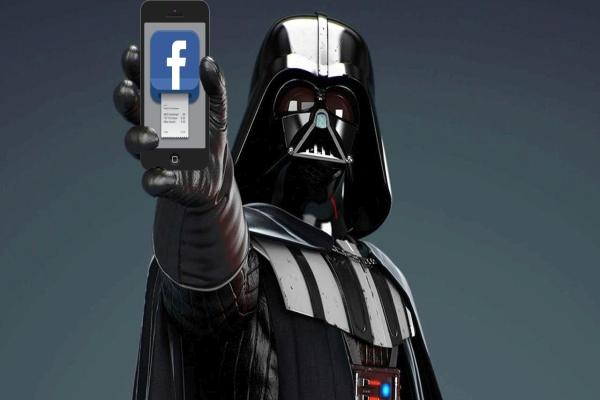Published on the 18/01/2018 | Written by Jonathan Cotton

P2P payments take off as Apple, Google and Facebook all start vying for that sweet, sweet social dollar…
P2P social payments are coming to the masses as the rise and rise of social payment apps – most notably Apple Pay Cash – powers the new fintech turf war.
According to new research by Juniper, Digital Money Transfer & Remittances: Domestic & International Markets 2018-2022, 2018 is the year of the social payment, with the number of registered mobile domestic money transfer users set to leap from 1.7b (as of 2016) to 2.5b in 2018.
The end of last year saw a flurry of releases as tech giants Apple, Google and Facebook looked to claim a stake in the overdue P2P market.
Apple released its person-to-person payment option – Apple Pay Cash – in beta form at its World Wide Developer Conference in November. The app will allow users to send and receive cash payments via the iPhone’s Messages app.
Juniper predicts that adoption of Apple Pay Cash will be slow at first, as banking partners are still needed to create a robust network, but also predicts that total transactions on the service will approach 1,000,000 by 2020.
“It was inevitable that players such as Apple would follow in the footsteps of WeChat Pay and AliPay, and offer a universal set of payment features integrating P2P, alongside existing contactless and ticketing functionalities,” said research author Nitin Bhas.
The company is already invested in the payment space with its mobile wallet tech, Apple Pay. Most banks in Australia are currently compatible with the service, with ANZ offering the service in New Zealand and BNZ set to follow suit.
Consumer payment tech is hotly contested turf. In March a request was made to Australia’s competition regulator by Commonwealth Bank, Westpac, National Australia Bank, and Bendigo and Adelaide Bank be allowed to collectively bargain with Apple over iPhone users making mobile payments from bank-branded digital wallets, rather than Apple Pay. The regulator rejected the request, saying it would “distort competition” in several markets.
The Commonwealth Bank, National Australia Bank and Westpac have partnered to create their own P2P payment service, Beem.
Google released P2P payments on Android device in March last year – by way of its Android Gmail app. More recently the company bought its Android Pay, Google Checkout, Google Wallet and Google Tez services under the singular Google Pay brand. Google has recently stepped further into the social payment market, partnering with US movie ticketing company Fandango, to add Google Pay as a digital payment option for movie ticket purchases made online, via mobile or on and social platforms.
As for Facebook, the company launched its P2P payment offering in October, allowing users to send and request money via Facebook Messenger.
The new-platform payments market as a whole is set to swell as new entrants take advantage of legislative changes and lower service fees from increased competition among service providers. The current market leader in the mobile payment space is Venmo, owned by PayPal. That service has experienced exceptional growth – leaping from US$2.5 billion quarterly transactions in 2015 to over US$8 billion in Q2.
Also driving growth is the growing inclusion of unbanked populations. Usage of mobile money transfer services such as M-PESA, Orange Money and MTN Money is expected to exceed one billion registered users by 2020. There are currently 100 million active mobile money accounts in Africa alone, or one in ten African adults.
Juniper predicts that as operators continue to facilitating service interoperability – both at national and international level – the market will continue to broaden.



























